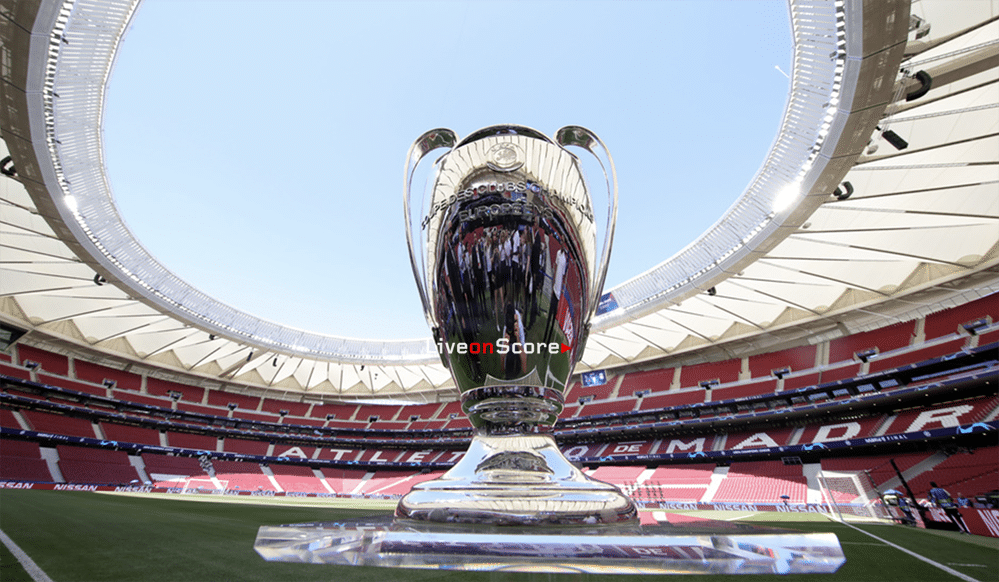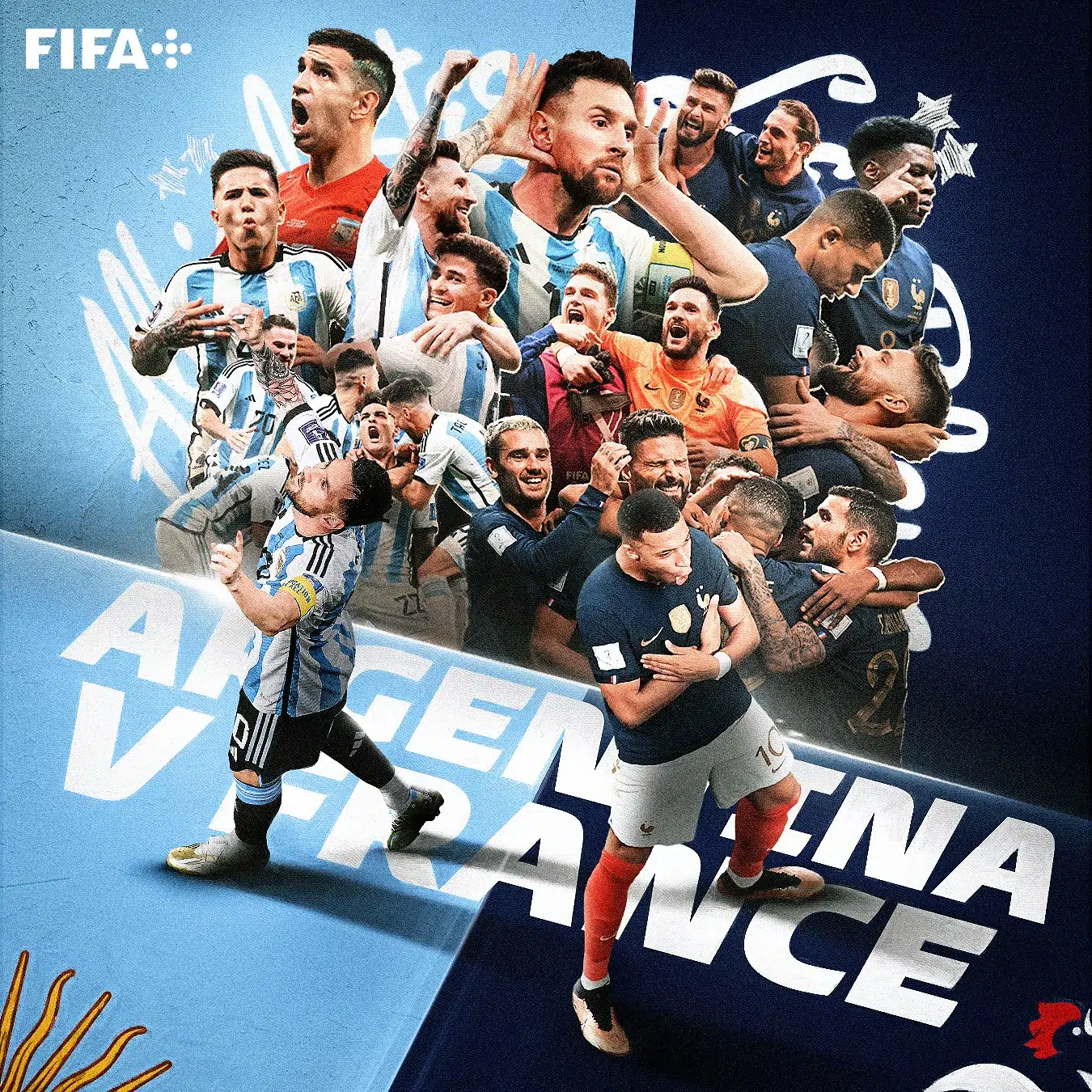The first qualifying round consists of 32 teams, including the winners of the preliminary round.
Sports Livestream ⚽ JOIN NOW for FREE
Instant access to the BT Sport, Sky Sports and Eurosport
First qualifying round draw (matches 9/10 & 16/17 July)
As laid down in paragraphs 13.03 and 13.04 of the 2019/20 UEFA Champions League Regulations, the UEFA administration forms groups and seeds clubs for the first qualifying round in accordance with the club rankings established at the beginning of the season and with the principles set by the Club Competitions Committee.
The 32 teams are divided into two groups (group 1 and 2) of ten teams and into one group (group 3) of 12 teams.
Within the three groups, the 32 teams are divided equally as 16 seeded teams and 16 unseeded teams.
Group 1 (seeded sides in bold)
Astana (KAZ)
Ludogorets (BUL)
Crvena zvezda (SRB)
Shkëndija (MKD)
AIK (SWE)
Sūduva (LTU)
CFR Cluj (ROU)
Ferencváros (HUN)
Nõmme Kalju (EST)
Ararat-Armenia (ARM)
Group 2 (seeded sides in bold)
Celtic (SCO)
Qarabağ (AZE)
Sheriff Tiraspol (MDA)
F91 Dudelange (LUX)
Slovan Bratislava (SVK)
Valletta (MLT)
Sarajevo (BIH)
Sutjeska (MNE)
Partizani (ALB)
Saburtalo (GEO)
Group 3 (seeded sides in bold)
BATE Borisov (BLR)
Maribor (SVN)
Rosenborg (NOR)
HJK Helsinki (FIN)
Dundalk (IRL)
The New Saints (WAL)
Winners of the preliminary round
Piast Gliwice (POL)
Valur Reykjavík (ISL)
Linfield (NIR)
HB Tórshavn (FRO)
Riga (LVA)
Draw procedure
For each group, two pots are prepared, one for the seeded teams and the other for the unseeded teams.
For each group, the balls containing the names of the seeded teams will be placed in one bowl and the balls containing the names of the unseeded teams will be put into another bowl. One ball will be taken from each bowl and placed in a large empty bowl in the middle, where they will be shuffled. The first team drawn will play its first match at home against the second team drawn.
The same procedure is carried out with the remaining balls to complete all the pairings of the first group and then repeated to determine the pairings for the second and the third groups.





